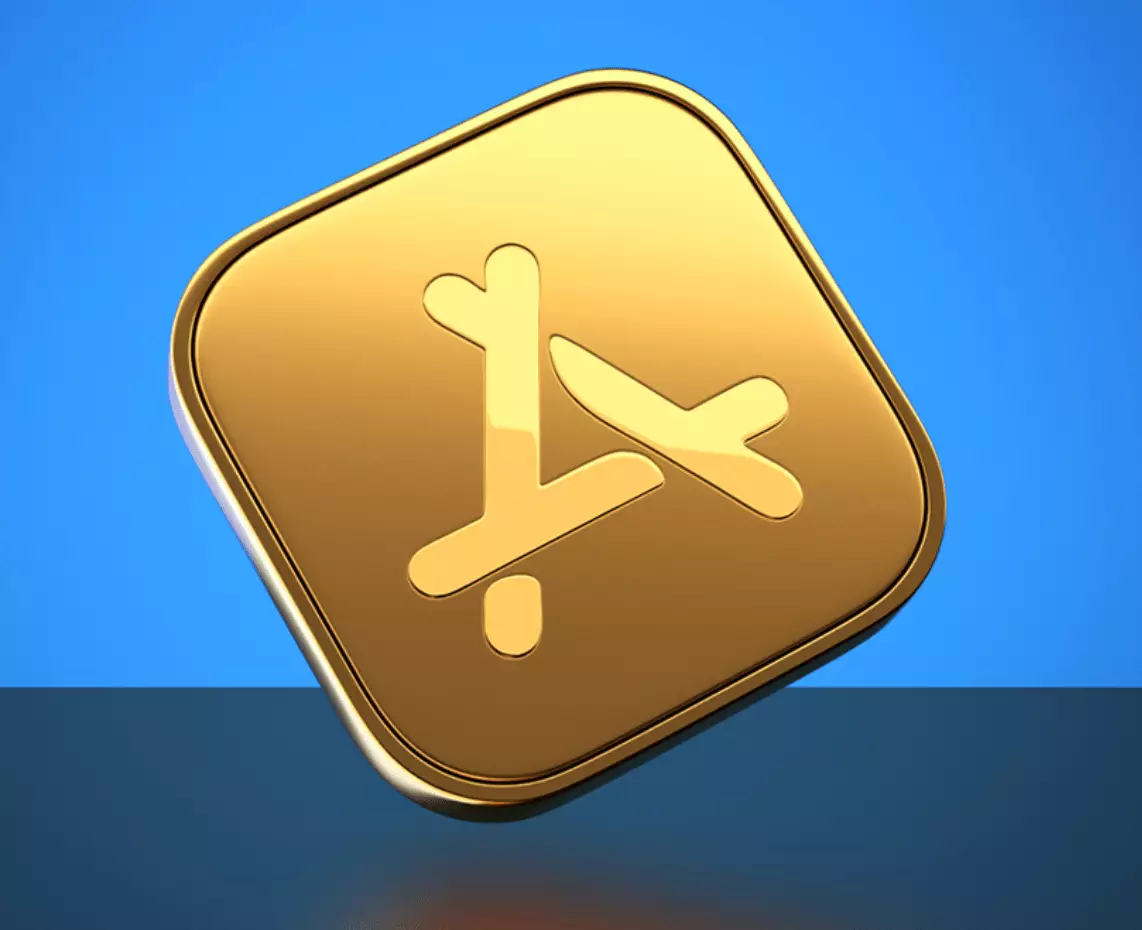Every year, Apple takes center stage with its annual accolades, aiming to celebrate groundbreaking applications that transform user experiences. The 2024 finalists for the “iPhone App of the Year” award, however, have thrust the spotlight onto traditional utility apps while conspicuously sidelining the burgeoning influence of artificial intelligence (AI). This year’s list, much like its predecessor, seems to reflect a preference for classic iOS applications that prioritize hands-on interaction and creativity rather than those relying heavily on AI capabilities.
Among the nominees are apps that amplify the user’s capability to manage day-to-day activities effectively—tools for travel organization, tailored workout plans, and professional-level video recording. Apps such as Kino, Runna, and Tripsy emerge as beacons of functionality, focusing on improving essential tasks rather than adopting AI as a pivotal feature. This assessment raises intriguing questions about Apple’s stance towards AI-driven applications that are increasingly becoming integral to the digital landscape.
One glaring omission in Apple’s selection process is the absence of popular AI-centric applications like ChatGPT, Anthropic’s Claude, and Microsoft Copilot from the iPhone App of the Year nominations. Despite the growing significance of these applications—exemplified by ChatGPT’s staggering rise to 100 million users in just a few months—Apple seems reluctant to award recognition where it might highlight AI’s transformative role in app development. Notably, ChatGPT, even as an Apple partner enhancing Siri functionalities, remains frustratingly unacknowledged in formal year-end accolades.
Interestingly, the absence of AI applications isn’t merely a slight to these technologies; it may also signify Apple’s strategic choice to spotlight apps that bolster human creativity and proactive engagement. By doing so, Apple maintains a narrative that elevates user interaction over the convenience offered by automation—suggesting that, rather than making the most of AI, Apple champions direct user engagement with foundational mobile capabilities.
Despite the noticeable gap in AI representation on the iPhone finalist list, some AI-enabled apps have secured nominations in categories for iPad and Mac. The app Moises, designed with AI features to enhance music practice, stands as one of the few recognized applications reflecting the influence of artificial intelligence. Other notables in the iPad category include the beloved children’s app Bluey: Let’s Play and the innovative animation tool Procreate Dreams.
In addition, Adobe Lightroom has made a mark among Mac finalists, showcasing how legacy applications evolve to incorporate AI functionalities while retaining their core value. However, the overall impression leaves an underlying sense that Apple is still treading cautiously around AI, focusing instead on applications that nurture creative productivity without leaning heavily on automation.
Apple’s curated list seems to convey a broader message: it is not just about what apps can offer in terms of technological advancement but what they can inspire in users. By favoring apps dedicated to craftsmanship and creativity, Apple appears to endorse a philosophy where the human touch is paramount in the app experience. This is underscored by entries like Kino, which prioritizes assisting users to become adept videographers, transforming everyday users into creators rather than consumers of technology.
As AI continues to evolve and reshape various sectors, Apple’s approach may prompt industry-wide discussions about the balance between human creativity and automated solutions. The question remains: will there come a time when AI apps will earn recognition, or will traditional applications always take the spotlight?
Apple’s 2024 iPhone App of the Year nominations tell a story about preference for human-centric applications amidst technologically driven advancements. The choice to minimize the representation of AI in their nominations speaks to a deeper strategy focused on promoting human engagement and creativity. As the tech landscape continues to evolve, it will be interesting to observe whether Apple’s direction will shift or persist in valuing human-empowered applications above those utilizing AI automation. The ongoing dialogue around this dynamic could lead to transformative implications for the future of mobile applications.

